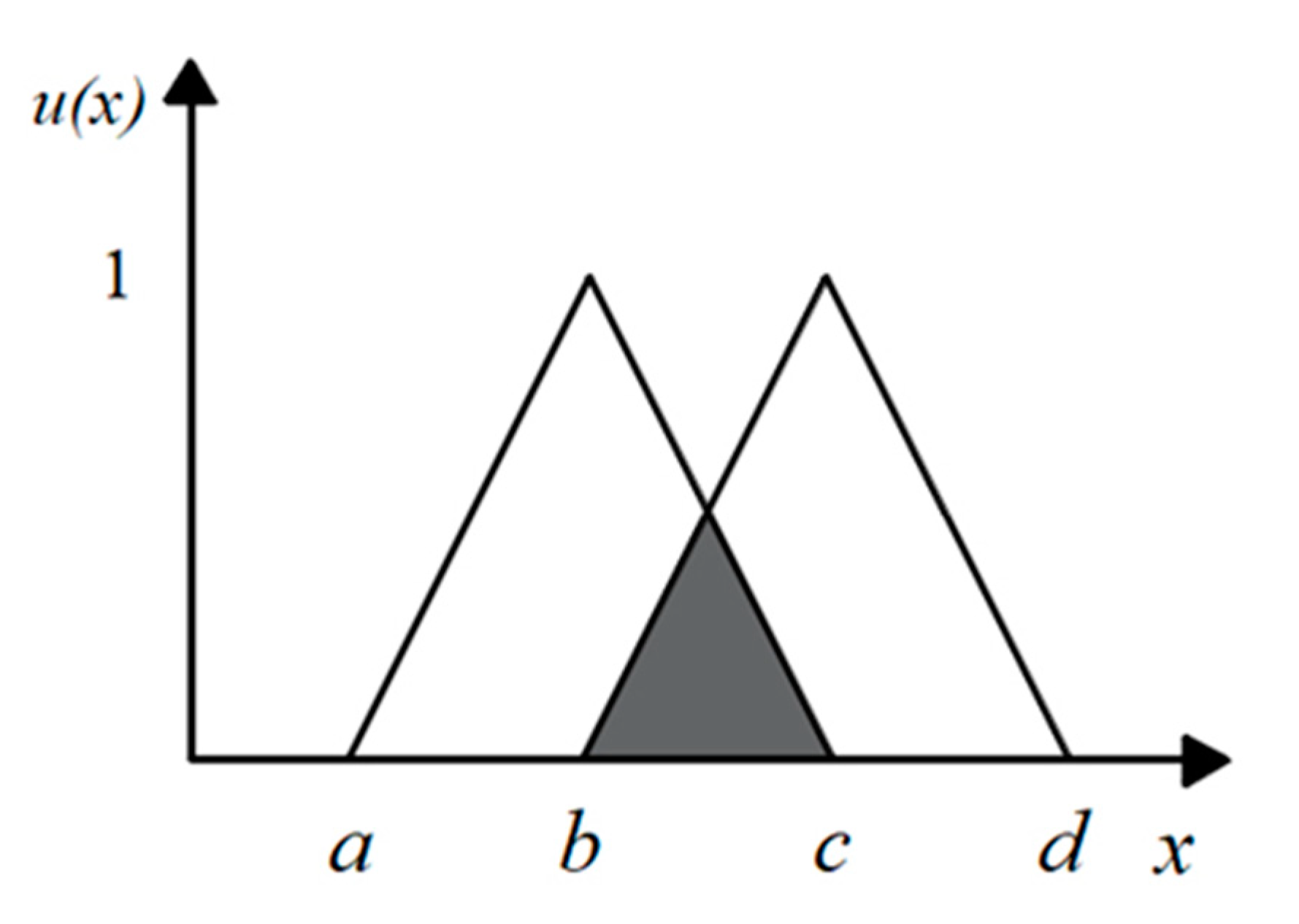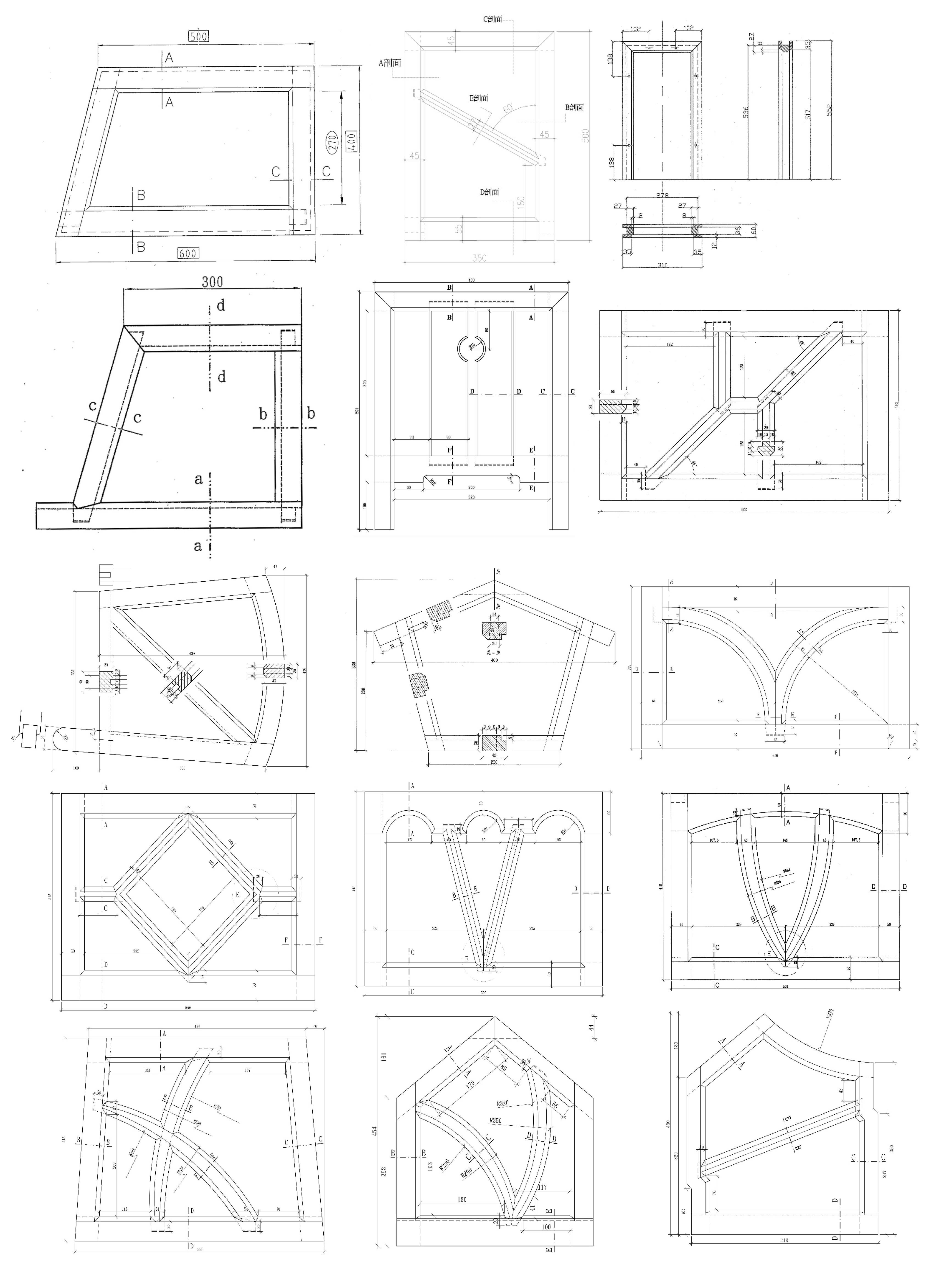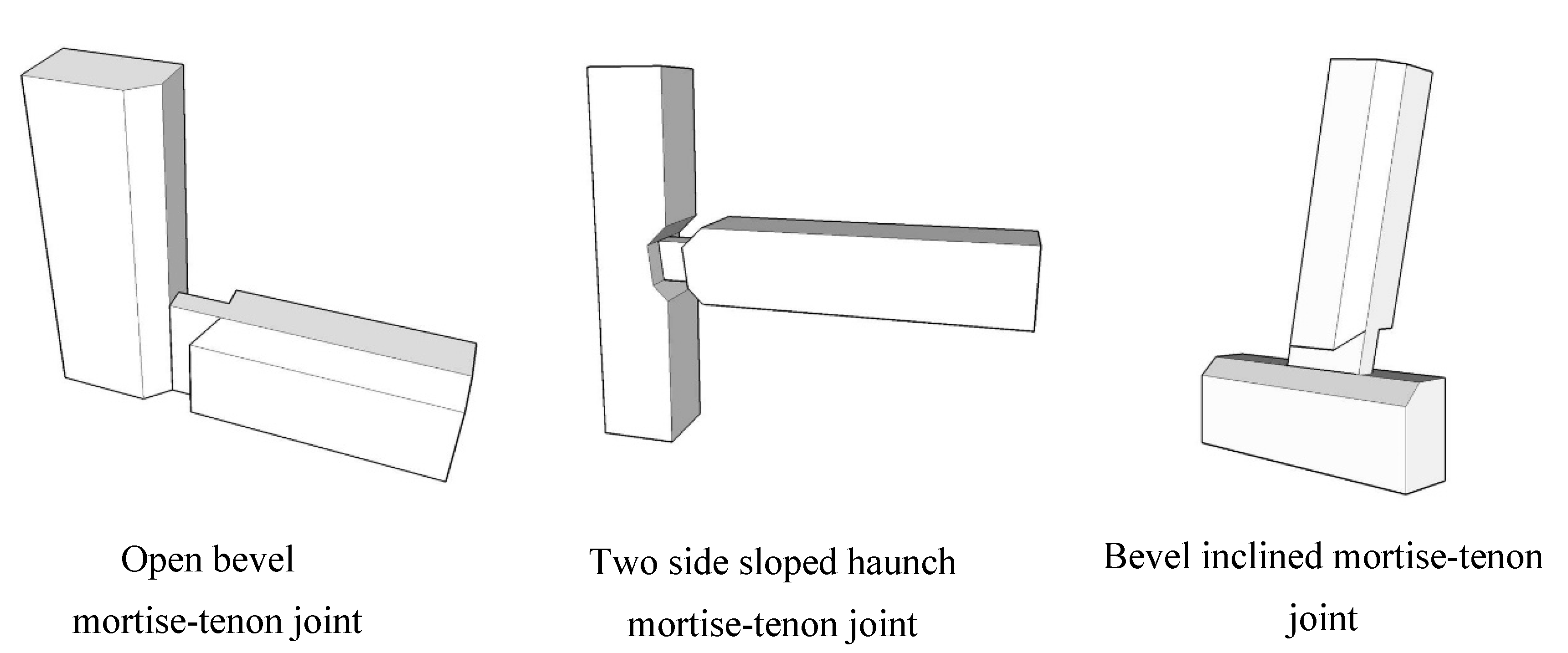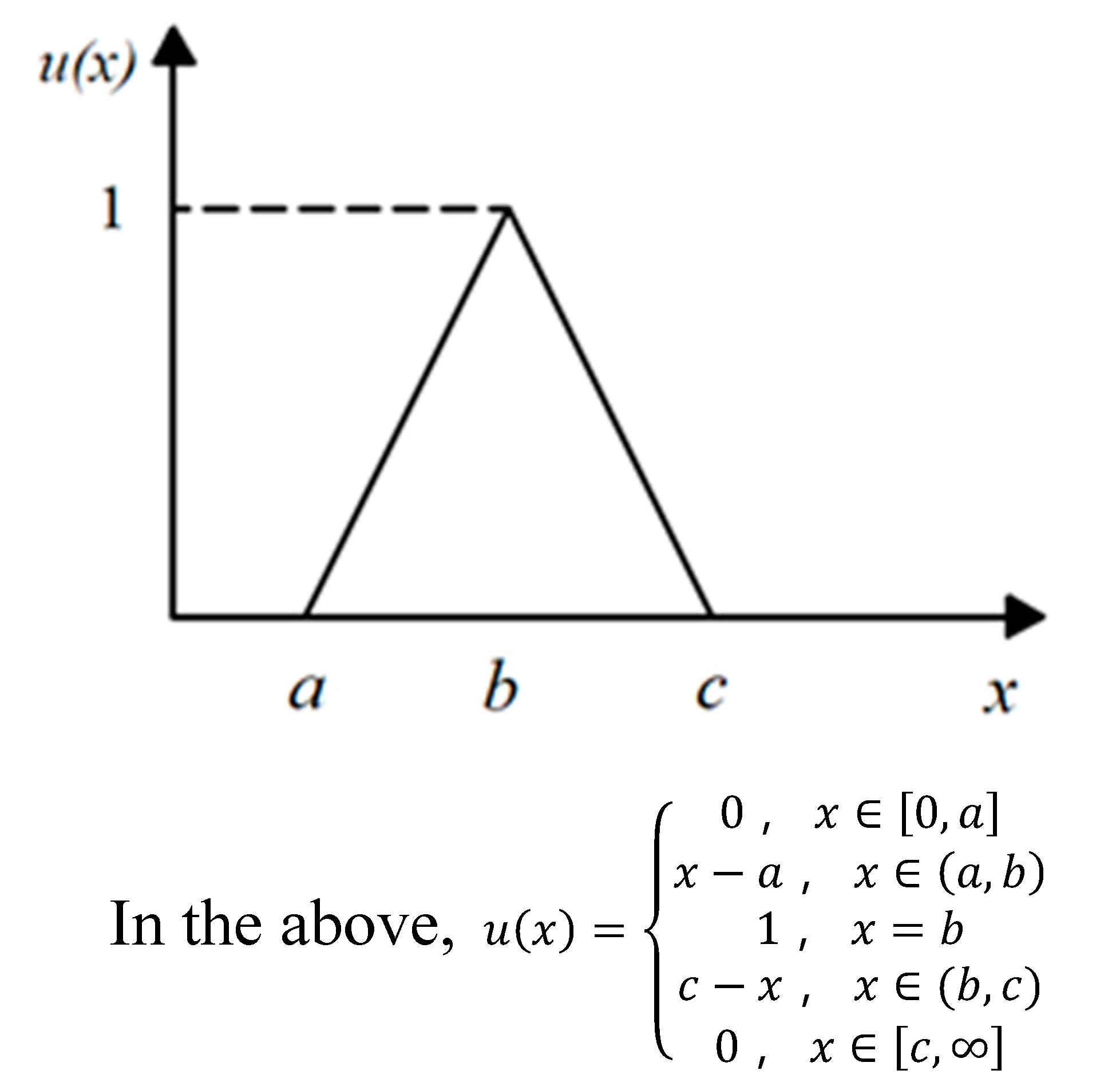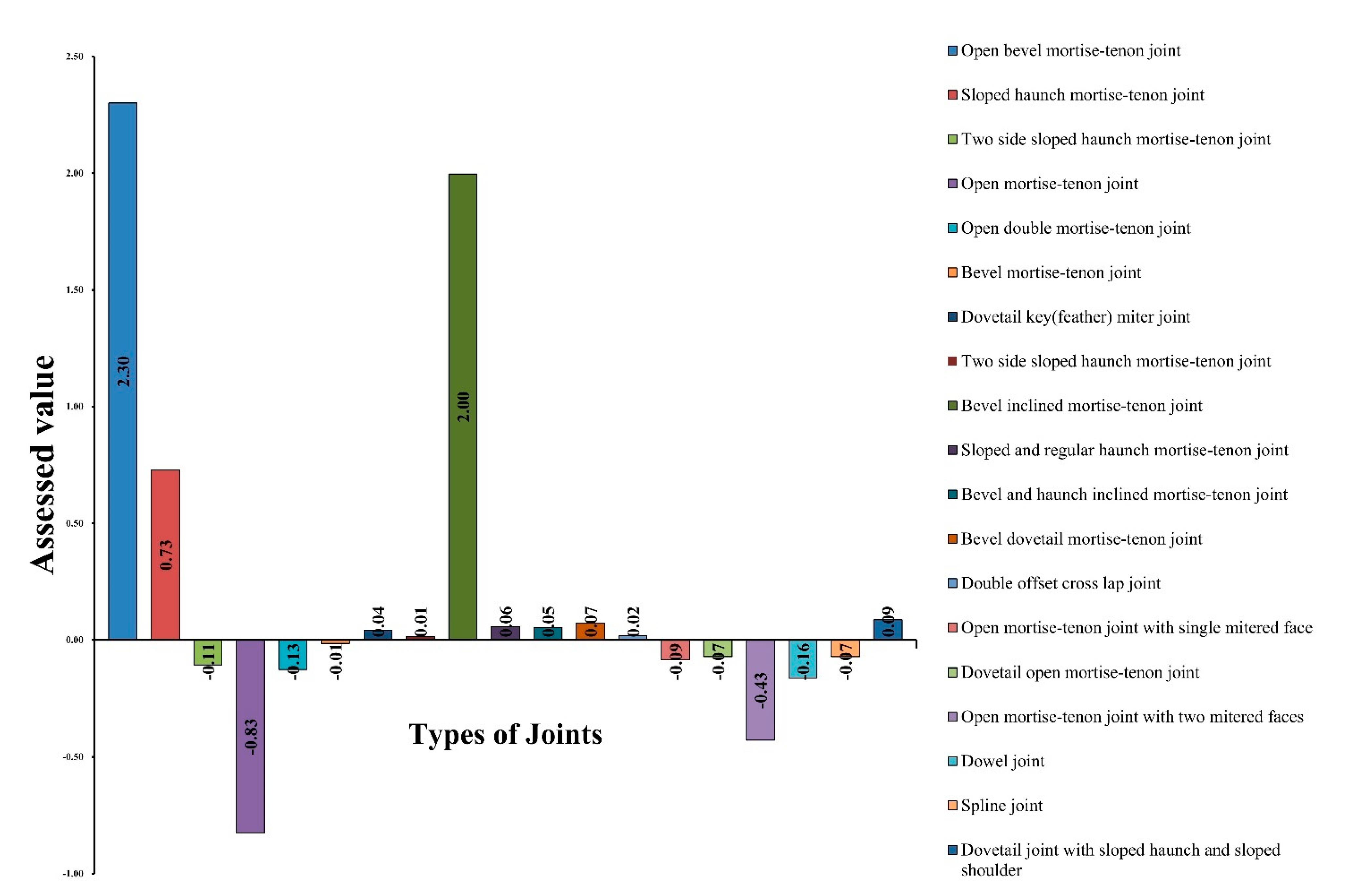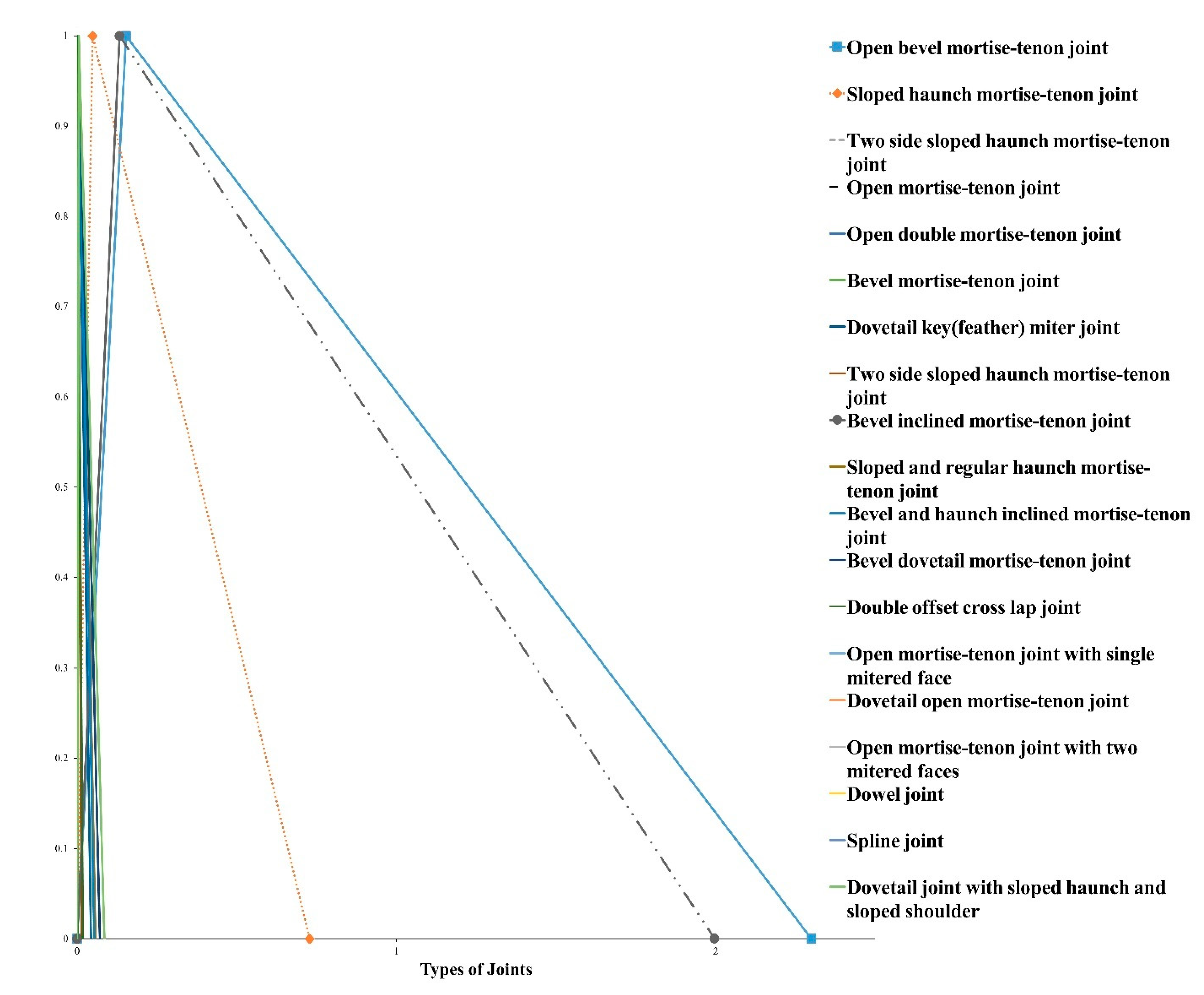1. Introduction
Vocational education and training (hereafter referred to as VET) in Taiwan has played a rather important role in national construction over the years. The construction projects need a lot of professional and skillful personnel and cultivation of VET talent has evolved with economic development [
1]. In other words, VET is an important cornerstone of social and economic development. Therefore, improvement in VET quality and the development of good human resources can help upgrade national competitiveness. On the other hand, when assessing the basic indices of national economic growth or industrial progress, besides evaluating conventional productivity factors such as land, capital and workforce, the key element is the level of intensity of science and technology. This means the level of intensity of science and technology has to be considered the standard in the measurement of the quantity of talented workers [
2]. Since the 1980s, the capacity to assess VET has become increasingly significant and the development of VET has had to meet the needs of the job market [
3,
4]. Evaluation of school education is the foundation for the improvement of national development and competitiveness. It is associated with the development of young people and national competitiveness in the future. Therefore, establishing appropriate evaluation strategies is a main target in capacity development [
5,
6,
7].
In recent years, as a result of changes in the industrial structure and the job market, an aging workforce, relocation of labor-intensive industries overseas and the extension of the retirement age, labor supply and demand have become unbalanced. In consequence, gaps and a deficiency of workers have appeared. In the past, VET was able to cultivate many basic-level workers, but social changes and industrial upgrades have caused the public to value educational reforms and quality more and more, in the hope that the learning efficiency and achievements of young people could be effectively improved through reforms. In other words, basic education and training, the cultivation of professional knowledge and VET assessment capacity can have considerable effects on the development of skills in the future [
8]. For this reason, skills competitions are organized to help establish correct and forward-looking concepts about the value of skills in order to encourage young people to take VET to develop knowledge and skills simultaneously and contribute their skills to society to be part of the driving force behind national progress.
The first skills competition in Taiwan was held in 1968. Since then, the event has taken place every year. Vocational training institutions, vocational schools as well as industrial and commercial groups nominate contestants to participate. The intention is to meet the demand for talent in rapid economic development [
9]. The original 14 categories have been increased to 52 today. However, the main purpose of the competitions is to establish correct and forward-looking concepts about the value of skills and encourage young people to take VET. It is hoped that the students can become skillful workers after such education and training to meet the needs of different professions and help push economic development forward to increase national competitiveness [
10,
11,
12].
To take part in the Taiwan Skill Competition, contestants must meet specific qualifications. They have to be less than 21 years old and rank in the top five in the corresponding category in regional competitions or the top three in the related category of the National High School Skills Competition held by the Ministry of Education [
11,
12,
13]. That means contestants need to come out on top in regional competitions in order to qualify for the Taiwan Skills Competition. Hence, it is necessary to analyze the types of mortise-tenon joints adopted in the Joinery Category of Regional Competitions and establish a similarity of triangular fuzzy numbers model to improve the technical levels and learning results of contestants and to select contestants with the potential to represent Taiwan in the WorldSkills Competition.
1.1. Problem of Research
This study was performed on the Joinery Category of skills competitions. In the past, Taiwanese Joinery contestants often prevailed in international competitions. However, in the 37th WorldSkills Competition held in St. Gallen, Switzerland, Taiwanese contestants partook in fewer categories due to government policy and a shortage of funds. Nobody participated in the Joinery Category and a gap appeared in the continuity of skills as a consequence. For this reason, a look into the Joinery category can lead to reinspections of training strategies and models.
1.2. Research Focus
To help contestants improve technical levels and offer trainers/instructors suggestions with regard to the design of training strategies and assessment models, the authors collected, sorted out and analyzed related literature to scrutinize the mortise-tenon joint types and establish the corresponding similarity of triangular fuzzy numbers model to improve training which conventionally has been conducted from subjective angles. A self-developed derivation calculation formula and a weight system were applied to make the training models more systematic. Scientific, concise and objective methods were worked out to allow contestants and trainers/instructors to train and make evaluations systematically. It is hoped that the results can serve as a reference for vocational schools and training units when they establish training strategies and perform training assessments.
2. Methodology of Research
2.1. General Background of Research
The training of Joinery skills is not a single course or subject. The skills are extended from furniture carpentry or the practical training courses of departments of carpentry. It was one of the first categories in the Taiwan Skills Competition. A contestant intending to participate in the National Skills Competition or the WorldSkills Competition has to obtain a qualification in a regional competition first. The structures of mortise-tenon joints are rather complicated, such as end-to-face joints, butt joints, edge joints, tongue and groove joints, lap joints, bevel joints, L-shape joints and T joints [
14,
15]. When working to complete the assignment given, a contestant will choose appropriate joints or combine different joints to create diversity, which is one of the bases in performance evaluation. Therefore, the mortise-tenon joints adopted in Taiwan Regional Skills Competitions are used as the main theme in this study while the similarity of triangular fuzzy numbers is applied to establish the model of joint types to analyze the tendency or rule out uncertain tendencies and come up with an innovative formula and offer the outcome to vocational training schools and units as a direction when they determine training programs, strategies, and models according to which contestants are trained.
Indicator weights are applied to understand the percentages of various mortise-tenon joint types adopted in the Joinery Category of Regional Competitions and to identify the relative importance of the indicators in the same group at the same level. During the indicator weight rating process, the rated objects are rationed. Subjective experience and literature analysis are used to classify the joint types discussed in this study. Linear regression is employed to check the weight values of different types of joints appearing in the competitions held over the years; y = αx + b. α is the slope, the weight value. It can be used to predict future tendencies.
Similarity can be applied to measure the likeness of two fuzzy sets. It involves symmetry
T (A, B) =
T (B, A), reflexivity
T (A, A) = 1, and transitivity C∈B∈A⇒
T (A, C) ≤
T (A, B) ∧
T (B, C). Hence, similarity is 1 after conversion. Conversion is applied as a result of the intuitive response when the concept of degree is taken into account. The closer the distance, the greater is the similarity. Therefore, it is exactly the inverse number of distances. Besides distance, similarity measures can also be used to determine the similarity between two fuzzy numbers. If the two assessed fuzzy numbers overlap under the α standard (
Figure 1), the similarity between the two assessed fuzzy values can be defined [
16,
17].
2.2. Sample of Research
This study was conducted in association with the types of assignments given in the Joinery Category of the Regional Competitions of the 36th to the 50th Taiwan Skills Competitions from 2006 to 2020. The assignments to be given in the 35th Regional Competitions in 2005 were determined and established by the organizing unit of each regional competition. Starting with the 36th Taiwan Skills Competition, the assignments to be given in each regional competition were determined and established by the head judge of each category in order to make comprehensive preparations in accordance with the plans and tendencies of international competitions in preparation for participation in the WorldSkills Competition [
9]. However, the assignments could be modified to suit the venue and equipment of each regional competition in order to bring the skills of contestants in all the regional competitions to the same level [
18,
19,
20]. That is why the focus of this study was set on the 36th to the 50th Regional Competitions (
Figure 2): in order to assess the types of joints that were likely to appear in the 51st Regional Competitions.
2.3. Instruments and Procedures
This study was performed on the Joinery Category of the Regional Competitions of the 36th to the 50th Taiwan Skills Competitions to analyze the types of mortise-tenon joints adopted in order to establish the main framework of the derivation calculation formula. Initially, the number of times each joint type appeared in these competitions was calculated and a linear regression model for the joint types was then established. At different times, the significance of different types of joints varied. Different types of joints were given appropriate weights according to the formula developed for this study. Weight is a relative concept in statistics. In the weight-rating process, each joint type has to be given a factor value according to its level of importance, so that the types can be distinguished during the assessment process. Without factor value evaluation and consideration, the assessment will not be objective. The self-developed derivation calculation formula is then used to calculate the assessed values of the types of joints adopted in the Regional Competitions of the 51st Taiwan Skills Competition (Formula (1)).
In the formula,
y is the assessed value of the joint type, x the total number of times the joint type appeared, and Total times of appearance is the number of times the joint type appeared in different competitions over the years (
Table 1).
The weight of the joint type is shown in
Table 1. It was substituted in Formula 1 to obtain the assessed value in the 51st Regional Competitions to infer the future tendency. The assessed value represents the chance of reappearance of the joint type. The larger the value, the greater the possibility of reappearance will be. Since the types of joints adopted in the 51st Regional Competitions are the assessment group, the weight hypothesis does not apply.
2.4. Data Analysis
After the data on the 36th to the 50th Regional Competitions were sorted out, the authors checked and analyzed the types of joints that appeared in those 15 years, and there were 19 of them altogether (
Figure 3). As shown in
Table 1, open bevel mortise-tenon joints made the most frequent appearances, accounting for 21.1% of the total number of times of appearance of the 19 joint types. Two side sloped haunch mortise-tenon joints came second with 13.8%, followed by bevel inclined mortise-tenon joints with 11.9%. The non-parametric method was then applied with SPSS to analyze the joint types and number of times of appearance. The results show a significant difference in the number of times of appearance. Subsequently, the derivation calculation formula was applied for verification to identify the correlations between different types of joints. Tsai et al. (2019) point out that a significant difference exists between the types of joints adopted in the 49th Regional Competitions and the number of times of appearance and the percentage of open bevel mortise-tenon joints is the highest [
7]. The outcome is similar to that of this study. Coming next will be the use of the derivation calculation formula to verify and identify the differences between the types of joints.
In fuzzy theory, commonly seen fuzzy numbers include triangular fuzzy numbers, trapezoidal fuzzy numbers and normal fuzzy numbers. When the affiliation of the difference of a trapezoidal fuzzy number from a triangular fuzzy number is 1, a horizontal line will appear, and the triangular fuzzy number is a dot (
Figure 4). The larger the area below, the higher the fuzziness will be. The matter to be evaluated can be determined quickly. This means the triangular fuzzy numbers have the characteristics of being constructive and easy to calculate [
21]. Li Shuhui (2000) points out that when hierarchical indicators are adopted as assessment standards, the corresponding values are often within a certain range and absolute numbers cannot be applied to reflect the actual condition. Therefore, in most situations, triangular fuzzy numbers are adopted to analyze. Calculation of triangular fuzzy numbers can be divided into addition, subtraction, multiplication and division of fuzzy numbers, and the results are still triangular fuzzy numbers,
and
. The calculation is as shown below [
22].
(1) Triangular fuzzy number addition
(2) Triangular fuzzy number subtraction
(3) Triangular fuzzy number multiplication
(4) Triangular fuzzy number division
In the above,
; the smallest value taken from the left end of the triangular fuzzy numbers
; the geometric mean taken from the middle of the triangular fuzzy numbers
; the largest value taken from the right end of the triangular fuzzy numbers
4. Discussion
4.1. Education Based on Career-Oriented Skills Competitions
Skills competitions are held to encourage young people to take VET. It is hoped that such young people can use the skills they have learned to develop their careers eventually. The definition of career development is acquiring necessary skills and attitudes to become able to work independently. Thus, if training can lead to career development, the training strategies must be rather positive. For this reason, besides assuring that students can learn the skills and put them to use, trainers/instructors should also take career development into consideration to make sure skills competition contestants can make good use of their expertise after graduation. Undoubtedly, cooperation between the industrial, government and academic sectors is most urgent at this point. Currently, education and training with regard to the aforementioned Joinery lacks systemization. It has been suggested that concerned organizations, groups and individuals adopt the derivation calculation formula developed for this study to design and plan the curricula and rewrite the textbooks to improve VET. The resources of the Ministry of Education and Ministry of Labor must be consolidated, and plans need to be made to communicate with related enterprises in order to have a firm grasp of the actual tendency and development in the industry concerned.
4.2. Relationships between Training Strategies/Models and Trainers/Instructors
Trainers/instructors are considered able to train students in different areas. In reality, however, they do not necessarily understand each area that well. The assessment principle developed by using the derivation calculation formula and similarity of triangular fuzzy numbers in this study can serve as a basis for establishing training strategies. The authors also examined the assignments given in the Joinery Category of the Regional Competitions. The outcome should help trainers/instructors to understand better and more quickly the development tendency in this category and the actual performance of the contestants in competition in order to reinforce their teaching and improve students’ learning effects.
The results achieved in this study with the derivation calculation formula and similarity of triangular fuzzy numbers can benefit trainers/instructors and contestants. The outcome of the assessment is consistent with the goal in ability evaluation through overall analysis as recorded in the related literature. The cultivation of skills is the result of repeated training and accumulation of experience. The conservative training methods adopted in the past can no longer comply with modern tendencies. Learning has to be diversified continuously and the training models and strategies must be systemized to fit the needs in talent cultivation today. This study provides a comprehensive point of view with regard to abilities that contestants should have and training models to allow trainers/instructors to understand the tendency of development in the competition category in question. In addition, the new assessment method can also guide contestants to become more interested in the category and improve their competitiveness. Meanwhile, for what is lacking during the training process, scientific approaches can be applied in compensation. All these are positive directions for VET.
4.3. Guidance for Trainers/Instructors in Joinery Teaching and Training
The method using the derivation calculation formula to assess the Joinery Category in Regional Competitions can provide vocational training schools and trainers with a direction in training and evaluation of future tendencies in order to improve training quality and optimize training results.
5. Conclusions
The derivation calculation formula and similarity of triangular fuzzy numbers were applied to analyze the strategies and models adopted to train contestants for the Regional Competitions of the Taiwan Skills Competition and the conclusions are as follows:
5.1. Analysis of the Types of Joints Adopted in the Joinery Category of the Regional Competitions in the 15 Most Recent Years
Five joining methods and nineteen types of joints appeared in the Joinery Category of the Regional Competitions of the 36th to the 50th Taiwan Skills Competitions. Among the assessed values established with the derivation calculation formula, the 2,3 of open bevel mortise-tenon joints is the highest. Therefore, it can be included in the training strategies and models for the 51st Regional Competitions.
5.2. The Correlation of the Types of Mortise-Tenon Joints Adopted in the Joinery Category with Training Strategies and Assessment Methods
Among the assessed values established with the derivation calculation formula, the 2,3 of open bevel mortise-tenon joints is the highest, followed by the 2 of bevel inclined mortise-tenon joints and then the 0.73 of sloped haunch mortise-tenon joints. These three can serve as a reference for schools with vocational training programs and vocational training units when they establish assessment models to develop their training strategies in order to promote VET to improve the level of skills in the country. Meanwhile, bridle joint modifications are the main theme adopted in the construction of mortise-tenon structures. Therefore, variations in joint construction can be increased in the training process or taken into account in the selection of contestants.
5.3. Correlation of the Derivation Calculation Formula with Similarity of Triangular Fuzzy Numbers
The results obtained by using the derivation calculation formula are correlated with the similarity of triangular fuzzy numbers. Among the 19 types of joints, open bevel mortise-tenon joints and some other types of joints are lower in levels of similarity. Hence, complicated types of joints should not be simplified to allow trainers/instructors to choose more appropriate and effective training strategies and assessment methods during the training process. In consequence, the ability to assess VET can be strengthened and the learning effect can be upgraded.
5.4. Adoption of the Derivation Calculation Formula to Reinforce the Capacity to Assess VET in the Future
After the derivation calculation formula was applied to examine various types of joints, a regression equation was used to obtain the weights of the results and establish the similarity of the triangular fuzzy numbers model. An overall evaluation confirms that the derivation calculation formula has reliability. It can be applied in all categories to help enhance the ability to assess VET in the future.
